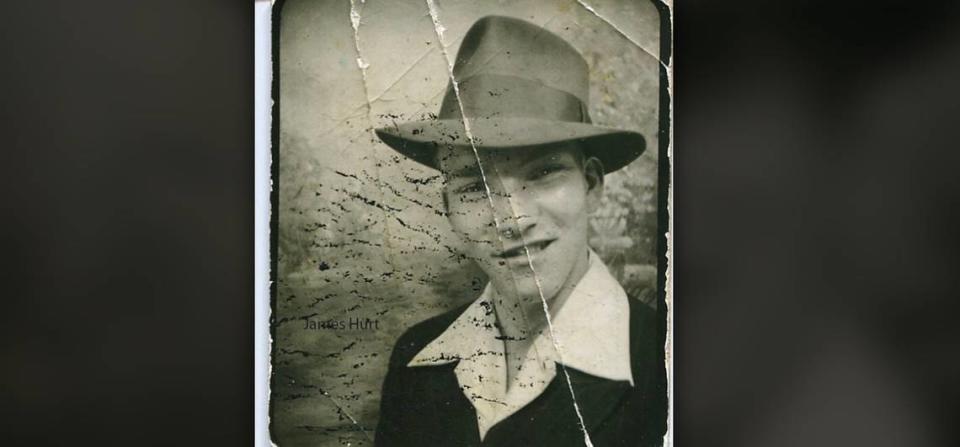Military IDs remains of World War II soldier from East St. Louis who died in POW camp
The remains of a U.S. Army corporal from East St. Louis who died in 1942 in the Philippines, after the forced march known as the Bataan Death March, have been positively identified, the Defense POW/MIA Accounting Agency has announced.
Cpl. James A. Hurt was 25 when he died in a Japanese prisoner of war camp on July 19, 1942, near Manila in the Philippines, according to a news release from the U.S. military agency.
“The family is looking forward to bringing him home and laying him to rest,” said Ray Clyde, who is a great-nephew of Hurt.
Clyde, who lives in Columbia, said it’s unfortunate so many of Hurt’s family members have died before the positive identification was made by the military 81 years after his service. But, Clyde said, several relatives from around the country will travel to the metro-east for Hurt’s funeral.
The arrangements for funeral services are pending, Clyde said Thursday.
Bataan Death March
Hurt was a member of the U.S. Army Air Corps, which was the predecessor of the U.S. Air Force established in 1947.
He was assigned to the 17th Pursuit Squadron, 24th Pursuit Group when Japanese forces invaded the Philippine Islands shortly after the attack on Pearl Harbor in December 1941.
“Intense fighting continued until the surrender of the Bataan peninsula on April 9, 1942, and of Corregidor Island on May 6, 1942,” the Defense POW/MIA Accounting Agency news release stated.
“Hurt was among those reported captured when U.S. forces in Bataan surrendered to the Japanese. They were subjected to the 65-mile Bataan Death March and then held at the Cabanatuan POW camp,” according to the news release.

Hurt and more than 2,500 POWs perished in this camp during the war, according to the news release.
The National World War II Museum in New Orleans reports there were 60,000 to 80,000 Filipino and American prisoners of war in the Bataan Death March.
“The Bataan Death March is remembered as an absolute tragedy,” states a report from the museum. “The prisoners of war were forced to march through tropical conditions, enduring heat, humidity, and rain without adequate medical care.”
Hurt was first buried in the Cabanatuan Camp Cemetery in Common Grave 312.
DNA used in identification
After the war ended, the American Graves Registration Service exhumed those buried in the Cabanatuan and relocated them to a U.S. military mausoleum near Manila, the Defense POW/MIA Accounting Agency said.
In 1947, 12 service members were identified and the unidentified remains were buried at the Manila American Cemetery and Memorial as Unknowns, the news release stated.
Five years ago, the remains from Common Grave 312 were disinterred and sent to the Defense POW/MIA Accounting Agency laboratory for analysis.
Scientists from the Defense POW/MIA Accounting Agency used dental and anthropological analysis, as well as circumstantial evidence while scientists from the Armed Forces Medical Examiner System used mitochondrial DNA as part of the identification process.
You can see Hurt’s personnel profile on the Defense POW/MIA Accounting Agency website.
The final determination in Hurt’s identification was made Aug. 21. The military announced its findings this week.


